Real-world testing shows that the newly announced Nvidia flagship GPU — RTX 4080 can leverage the AI Magic Mask speed in DaVinci Resolve by 15 times (1,500%), compared to RTX 3070. That makes the 4080 and Resolve a lethal combination for AI-based features, dedicated to professional content creators.
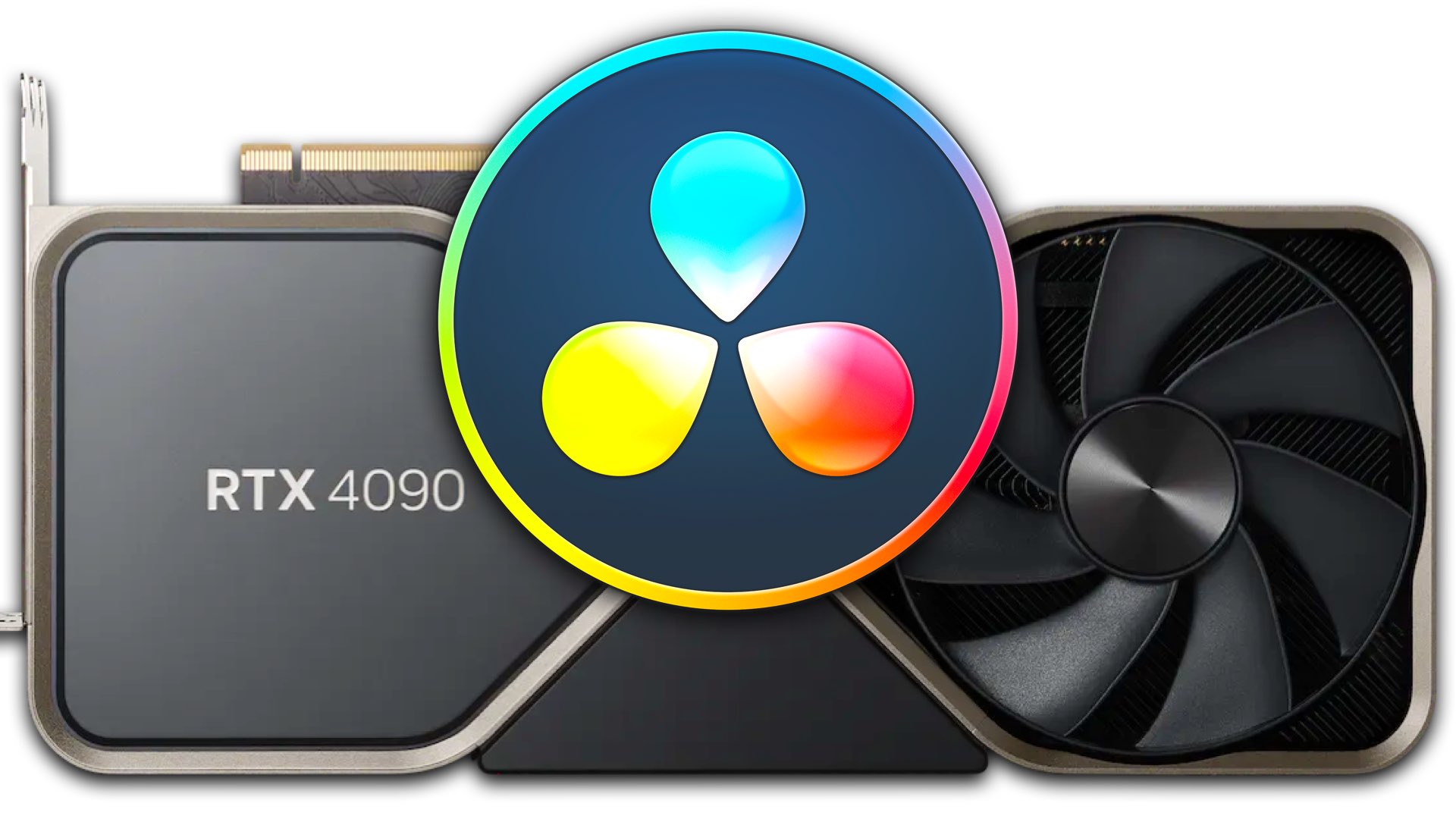
DaVinci Resolve AI-based Magic Mask
The AI-based Magic Mask is one of the most potent features implemented in Resolve 17 and beyond. The feature uses the DaVinci Neural Engine to automatically create masks for an entire person or specific parts such as the face or arms. Creators get matte finesse tools, the ability to add and remove strokes, and automatic tracking. Improvements made to DaVinci Neural Engine, in Blackmagic Design’s DaVinci Resolve 17 and 18 (including the recently launched 18.1), alongside new tools like Magic Mask that effortlessly select and remove people from backgrounds, make creating easier. Moreover, in DaVinci Resolve 18.1, for Fusion users, you can speed up your workflows with added support for Magic Mask on the Fusion page. That functionality allows you to produce these clean traveling mattes directly on the Fusion page to add effects to characters or stylize the background.
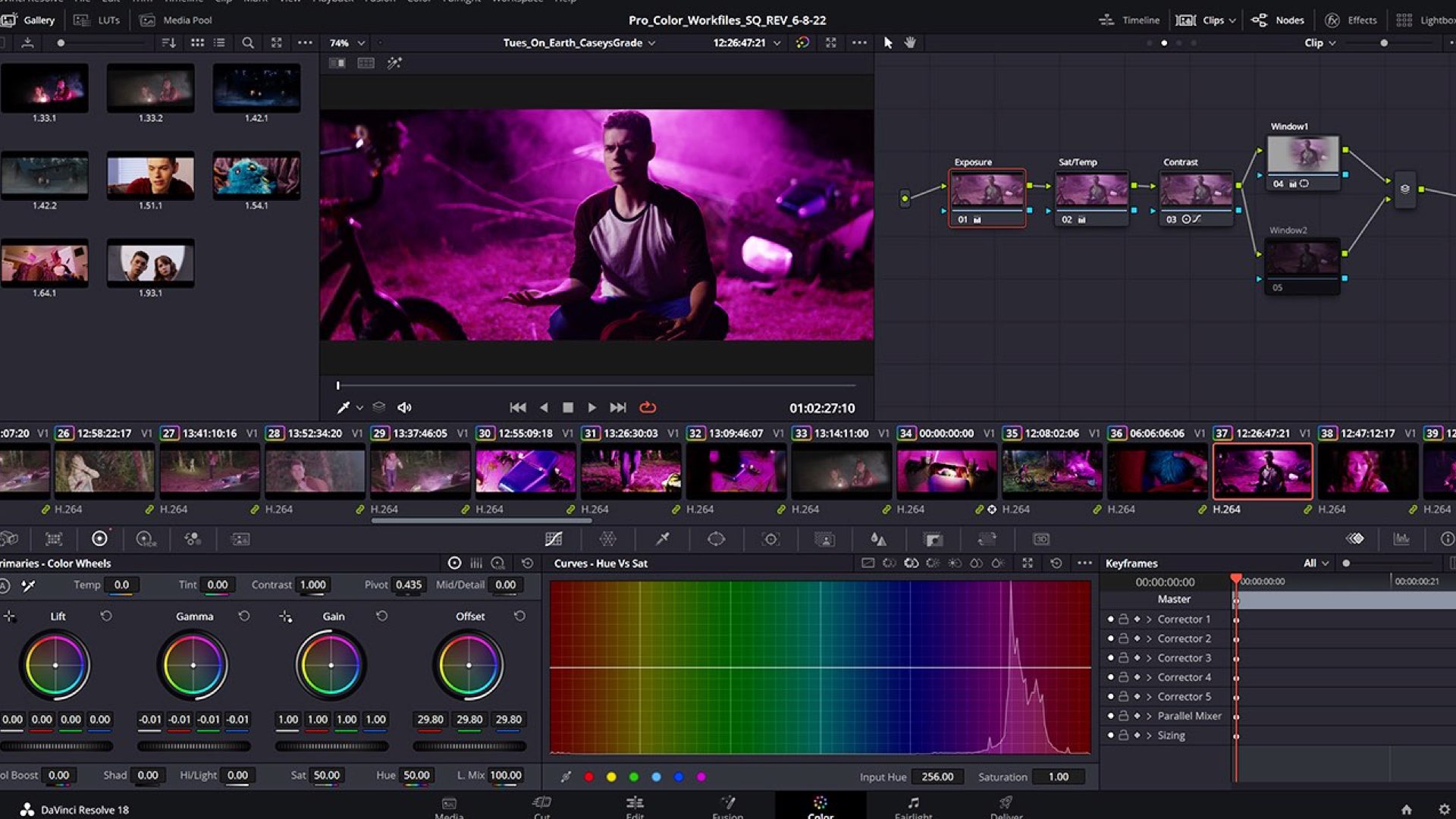
R&D partnership between Blackmagic and Nvidia
It’s well known that DaVinci Resolve is powerful, professional-grade software that relies heavily on GPU acceleration, rather than CPU resources. Hence, Blackmagic Design has been working with Nvidia to allow Nvidia’s selected GPUs to utilize the newly developed AI engines in Resolve, to accelerate complex tasks, like Magic Mask. In fact, the new Nvidia GeForce RTX 40 Series GPUs were developed to speed up video production through AI and dual encoding. Furthermore, it has been stated by Nvidia that: “The new dual, eighth-generation AV1 encoders, dedicated hardware on the new GeForce RTX 40 Series GPUs, bring significant boosts for both video editors and live streamers. Video editors cut their export times in half, and the updated tensor cores will boost performance in AI Tools by 70%”. Luckily, it has been tested by filmmaker and Resolve expert, Casey Faris.
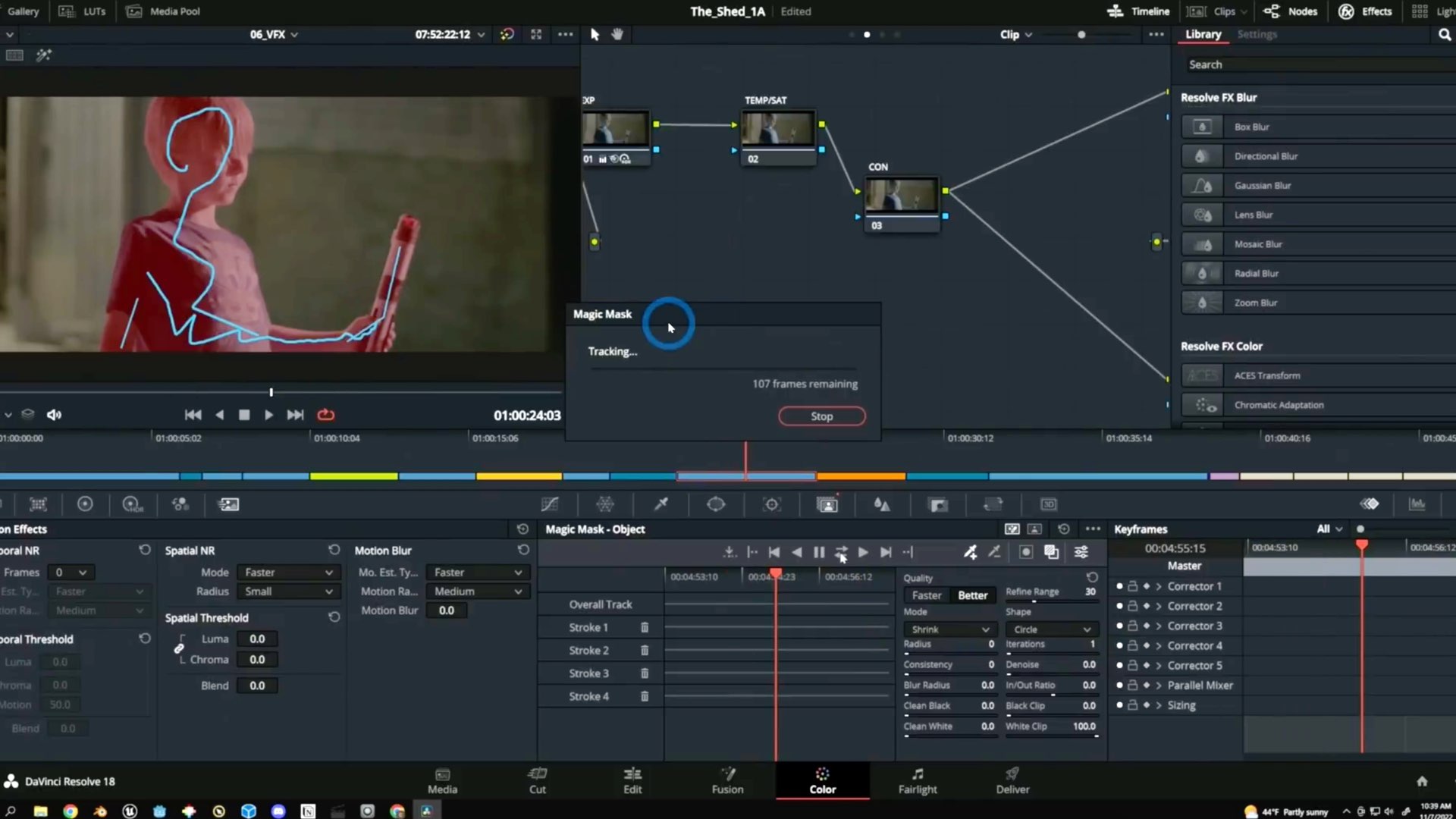
X15 of rendering time
Most Nvidia GPU reviewers focus on gaming, rather than on content creation. However, Casey Faris who trusts Resolve and uses it heavily on editing, grading, and VFX tasks, tried the efficiency of the RTX 4080 on the Magic Mask function in DaVinci Resolve 18, and he found that the GPU leads to more than decent acceleration in this complex process. As stated by Faris: “One of our favorite features in Resolve is the Magic Mask, which you can basically draw on a subject and track it spontaneity. The RTX 3070 allows a rendering speed of 1 frame per second, which is pretty good. There’s a lot of complexity in this function”. However, the 4080 showed a significant elevation in the rendering speed. In a real-world test, the 4080 rendered a speed nearly X15 times higher, compared to the 3070. Watch the entire test below:
Closing thoughts
There’s a strong bond between AI tasks and GPU performance, As Resolve is getting more AI-based software, it demands more powerful GPUs (and not CPUs). Hence, the novel architecture of the RTX 40 series can be utilized pretty well on recent versions of Resolve (17 and 18), which includes many AI-based features.
Product List
Here’re the products mentioned in the article, and the links to purchase them from authorized dealers.
- Blackmagic Design DaVinci Resolve 18 Studio with Speed Editor

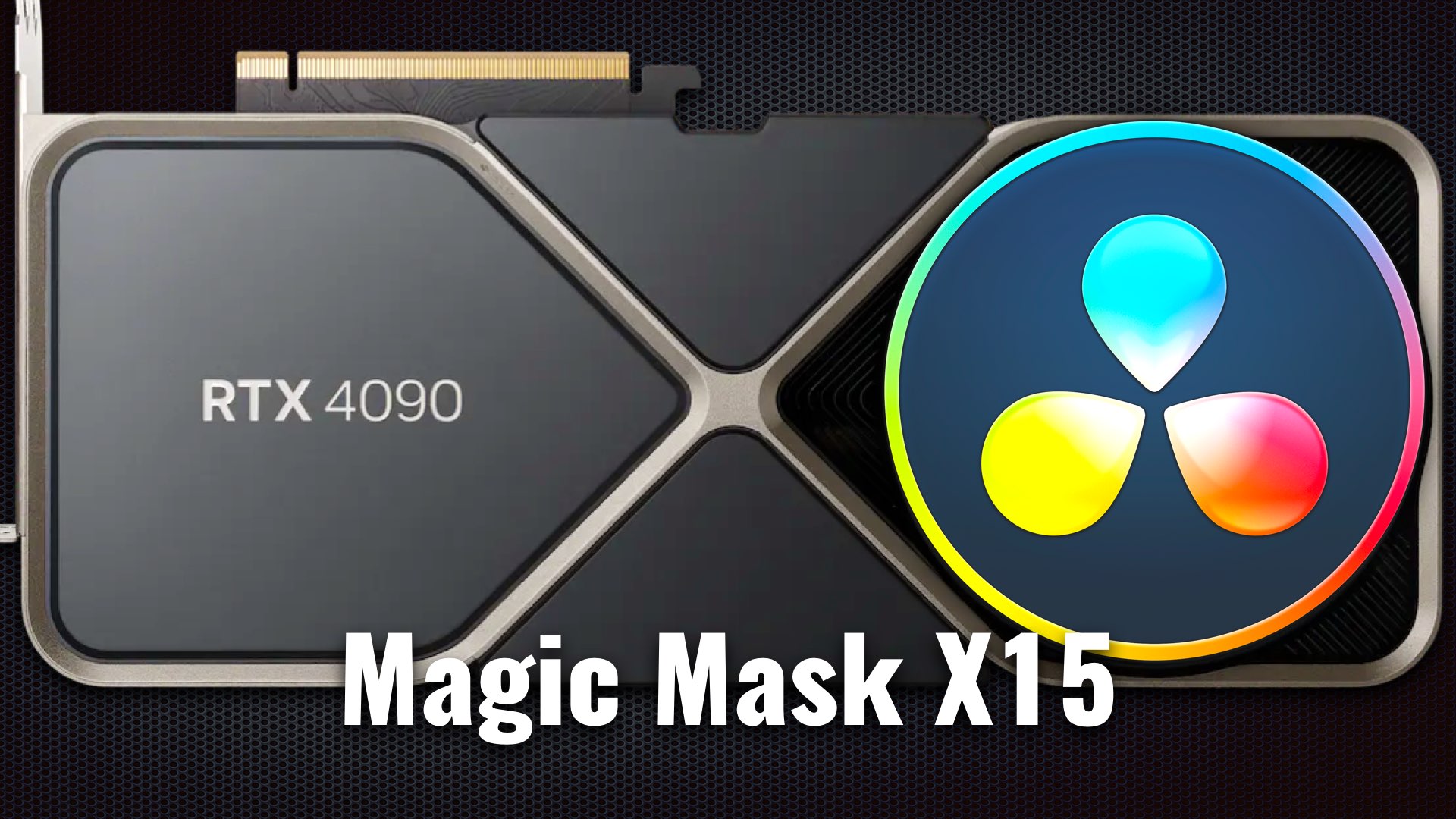

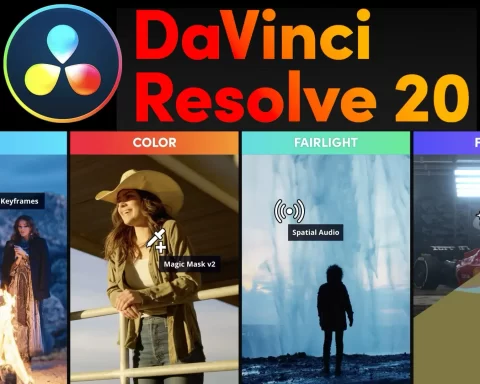
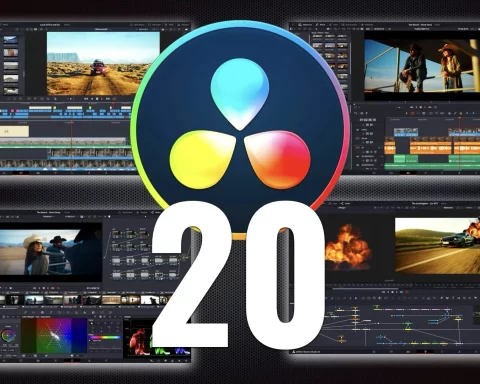

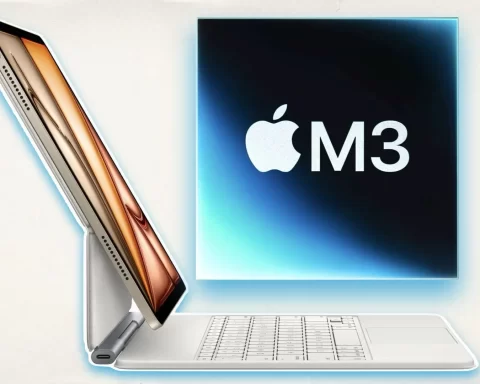
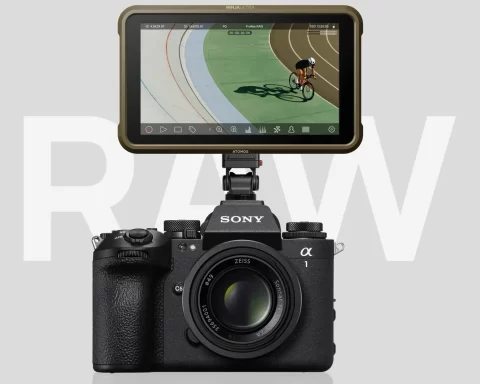

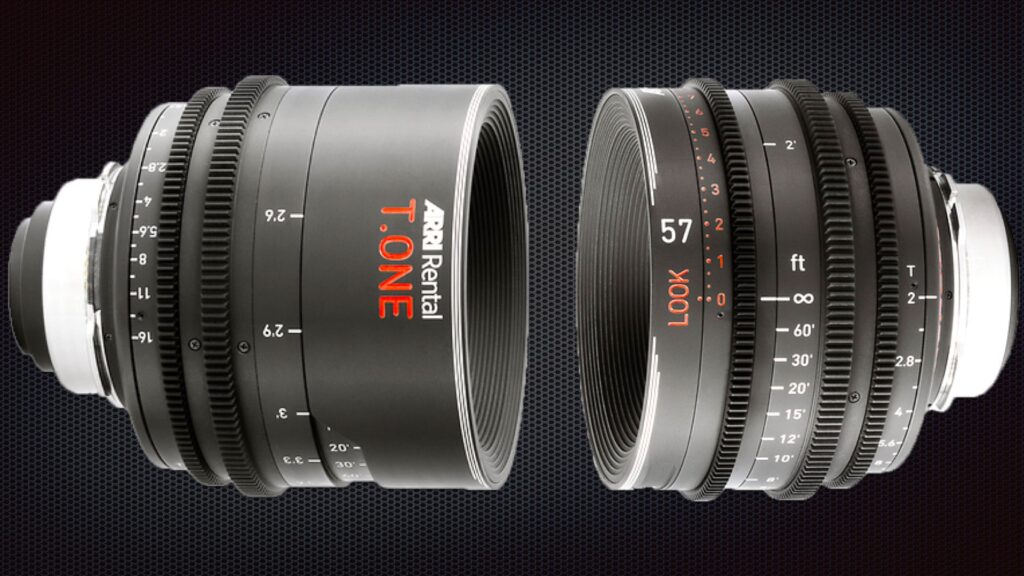
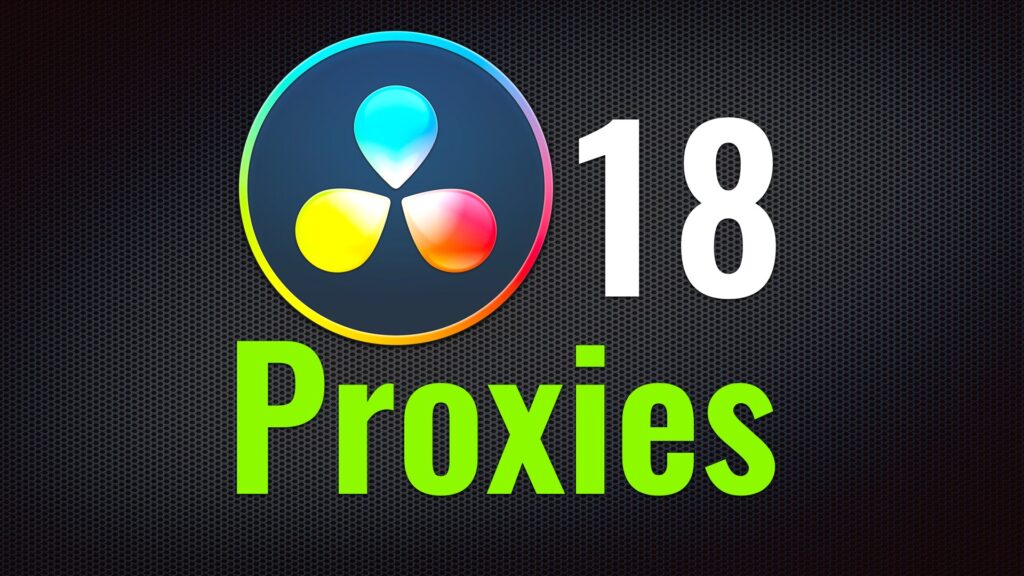
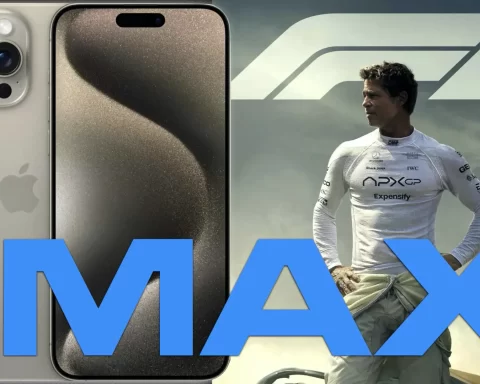
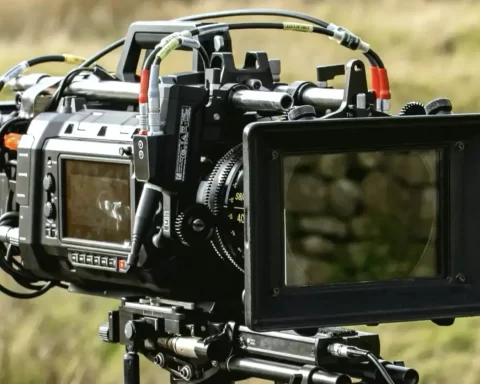

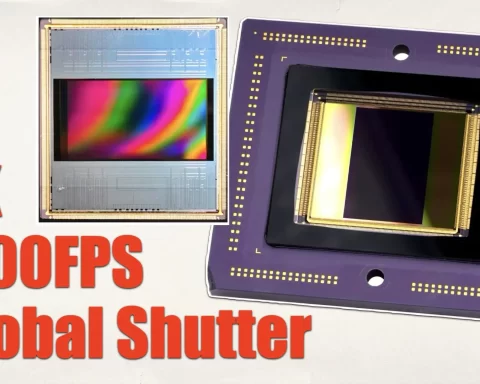


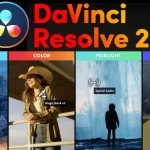
It would be fun to see how many streams of 4K RAW in Resolve these could playback without dropped frames on my massively under-powered Samsung convertible via EGPU compared to the current 1070.
I’m looking for benchmarks on the neural-engine features in Davinci (MagicMask, SuperScale, etc), that is – the usage of tensor cores in Nvidia GPUs. Can you point me in the right direction? TIA.